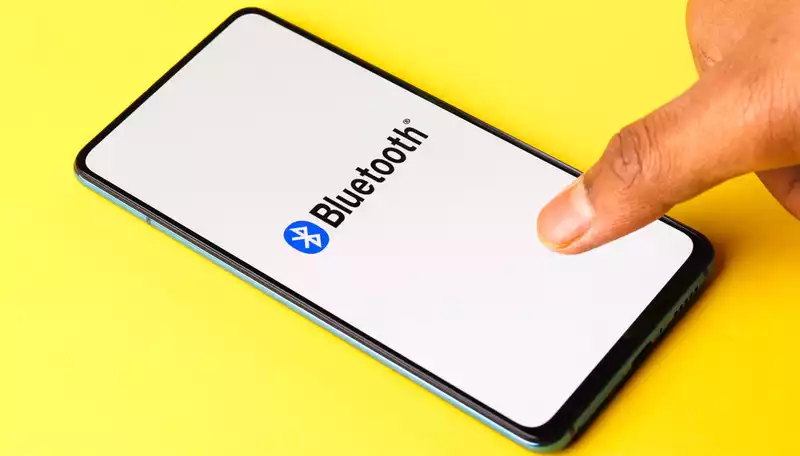Your smartphone or laptop is emitting a unique Bluetooth wireless signal that can be identified and used to track your device's location, says a new research study. simply turning off Bluetooth does not always prevent this It doesn't. Some devices, especially Apple's, may need to be turned off altogether.
When Bluetooth is turned on, mainstream smartphones, laptops, and smartwatches all do their best to preserve anonymity, for example through randomization of network addresses. However, there is enough variation in the physical wireless signals emitted by each device that in many cases, individual devices can be uniquely "fingerprinted," according to a study from the University of California, San Diego.
"These applications use encrypted anonymity that limits the ability of adversaries to stalk users with these beacons. However, an attacker can bypass these defenses by fingerprinting unique physical layer imperfections in a particular device's transmission."
"Even if there are hundreds of devices encountered in the field, it is possible to track a specific mobile device by fingerprinting its physical layer. However, they caution that certain devices have similar fingerprints, which could lead to misidentification.
Some devices were easier to fingerprint than others. iPhones tend to have similar fingerprints, but they are considerably "louder" than Android devices, transmit a stronger Bluetooth signal, and can be detected from a greater distance.
Study leaders Hadi Givehchian and Nishant Bhaskar told The Register that the equipment needed to track these devices costs about $200. They found that using Bluetooth signals to detect individual devices in public places is not that efficient.
However, once the device's Bluetooth signal profile was known, the researchers said they were able to track devices around town with 96% accuracy.
The study, titled "Evaluating Physical-Layer BLE Location Tracking Attacks on Mobile Devices," will be formally presented at the IEEE Symposium on Security and Security and Privacy in May 2022.
Nevertheless, the study acknowledges that this method has its limitations. The method is most effective for "specific devices with very unique fingerprints or when the temperature of the target device is relatively stable."
The study calls these Bluetooth signals "beacons," which are different from the Bluetooth beacon devices that some stores and restaurants install on their premises to send one-way communications to smartphones.
Rather, the "beacons" in this study are two-way communications between devices that are intended to be anonymized so that a third party cannot tell which device is sending the signal.
The extent to which cell phones can be prevented from being tracked in this way varies from platform to platform. The primary use case for this technology on Android phones is for COVID-19 tracking apps, so such apps should be turned off or not installed.
Windows has the ability to transmit information between nearby devices using Bluetooth Low Energy (BLE) and Wi-Fi, but it appears to be rarely used. To turn it off, go to Settings > Privacy > Other Devices (you will need to scroll down the left navigation bar) and turn off "Communicate with unpaired devices."
On both Windows and Android, turning Bluetooth off in Settings, Quick Settings, or Taskbar will limit Bluetooth "beacons."
Apparently not so for Apple devices, including the iPhone, Mac, and Apple Watch; Bluetooth signals can be used for Apple's "Find My" and "AirDrop" features, as well as to smoothly transition from working on one Apple device to another. Continuity" protocol to facilitate the transition from working on one Apple device to another. Some of these features continue to operate and transmit signals even when Bluetooth is manually turned off.
"On some Apple devices, disabling Bluetooth in the Control Center (menu accessed by swiping down from the top of the screen) may not stop the beacon," study leaders Hadi Givehchian and Nishant Bhaskar told The Register. The only sure way is to "turn off the individual's (device) completely."
The latest iteration of Find My in iOS 15 can find even some of the most recent iPhones that have been turned off or factory reset as long as other Apple devices are nearby. Apple has not said how it will work or whether it will involve Bluetooth.
You may be able to disable the Bluetooth signal "beacon" by turning off "Find My" in your Apple account. However, that would take away one of the advantages of owning an Apple device.
We have asked Apple for comment and will update this article as soon as we hear back.
.









Comments